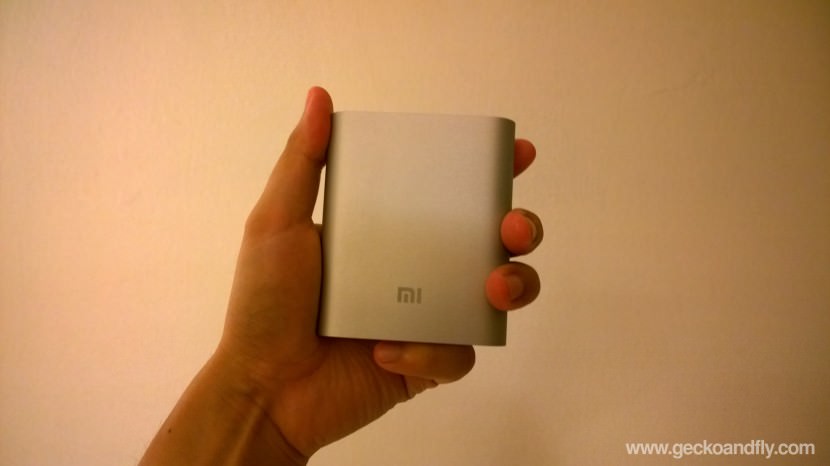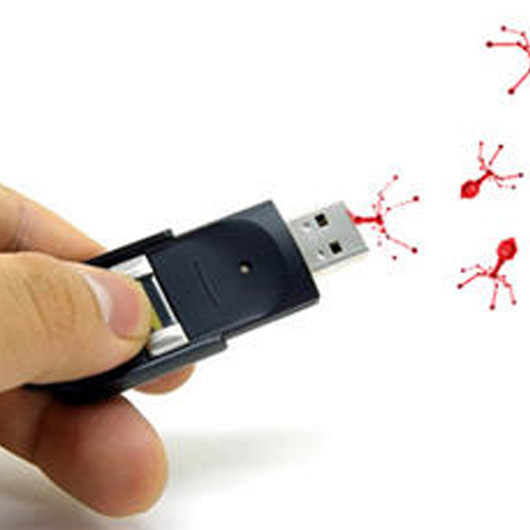Category: Smartphone » Power Pack / Power Bank
One month ago, they bought two XiaoMi 10400 mAh Power Pack out of curiosity. Due to the relatively cheap price, they are curious on the quality of the power pack and after using it for a month, it is safe to say they are amazed. How in the world can XiaoMi produce something half the price and twice as good? The secret is the type of material used (and also by selling directly with no advertising and minimal marketing).
Related Article 😍💰👉 8 Rechargeable AA & AAA Batteries Comparison – Quality vs Quantity
Here are the advantages and disadvantages of both materials:
1. Lithium-ion Battery [ Pro Con ]
- [ Pro ] High energy density – potential for yet higher capacities.
- [ Pro ] Does not need prolonged priming when new. One regular charge is all that’s needed.
- [ Pro ] Relatively low self-discharge – self-discharge is less than half that of nickel-based batteries.
- [ Pro ] Low Maintenance – no periodic discharge is needed; there is no memory.
- [ Con ] Requires protection circuit to maintain voltage and current within safe limits.
- [ Con ] Subject to aging, even if not in use – storage in a cool place at 40% charge reduces the aging effect.
- [ Con ] Expensive to manufacture – about 40 percent higher in cost than nickel-cadmium.
2. Lithium-polymer Battery [ Pro Con ]
- [ Pro ] Flexible form factor – manufacturers are not bound by standard cylinder cell shape. With high volume, any reasonable size and shape can be produced economically.
- [ Pro ] Lightweight – gelled electrolytes enable simplified packaging by eliminating the metal shell.
- [ Pro ] Improved safety – more resistant to overcharge; less chance for electrolyte leakage.
- [ Con ] Lower energy density and decreased cycle count compared to lithium-ion.
- [ Con ] Expensive to manufacture.
- [ Con ] No standard sizes. Most cells are produced for high volume consumer markets.
- [ Con ] Higher cost-to-energy ratio than lithium-ion
3. Lithium-ion vs. Lithium-polymer Differences
As shown in the table below, there isn’t much difference between ion and polymer. Probably the main difference is that polymer batteries are slimmer and lighter due to the material density. Li-poly has a lower discharge rate, but it is more or less the same with a high end high quality Li-ion.
| Voltage | Charge discharge efficiency in % | Self-discharge rate in %/month | Mainly Used In | Time durability in years | |
|---|---|---|---|---|---|
Nickel–cadmium | 1.2 | 70%-90% | 20% | Rechargeable Batteries | n/a |
Nickel–metal hydride | 1.2 | 66% | 5 - 30% | Rechargeable Batteries | 2 - 5 |
Lithium-ion | 3.6 | 99% | 5%-10% | Smartphone batteries | 2 - 6 |
Lithium-polymer | 3.7 | 99.8% | 5% | Power Bank / Power Pack | 2 - 3 |
4. XiaoMi Power Bank vs Other Lithium-polymer Power Pack
Seeing that XiaoMi 10400 mAh Power Bank (Lithium-ion) is selling for USD 12 while Sony’s CP-F5 5000 mAh Power Pack (Lithium-polymer) is selling for USD 50, it simply doesn’t make any sense to pay 4 times more for half the mAh. On the other hand, Energizer XP18000A cost USD 180 and comes with 18000 mAh. That is almost 2 times more mAh with 15 times the price.
Yes, XiaoMi’s power pack is bulky and heavy but a few extra gram is not going to make any difference. If you are always on the go, the more mAh the better it is, it is a no brainier. Unless you intend to use it for a long trip such as a camping trip, then a li-poly with a low discharge rate is the best in case of emergency.









Interested to procure power bank with lithium polymer battery.
Hi, My battery is lithium ion and I have a power bank which is of lithium polymer. Can I charge my mobile with that power bank.
God, that chart is a great example of providing inaccurate information to consumers. There is no way, you will be able to charge 5 times a phone of 2000mAh battery with a 10000mAh powerbank due to inefficiency during discharge. The best powerbank have an efficiency between 80-90 percent. A powerbank of 10000mAh will realistically charge a phone with a 2000mAh battery about 3.7 to 4.2 times and I’m not even counting the self-discharge time between those charges.